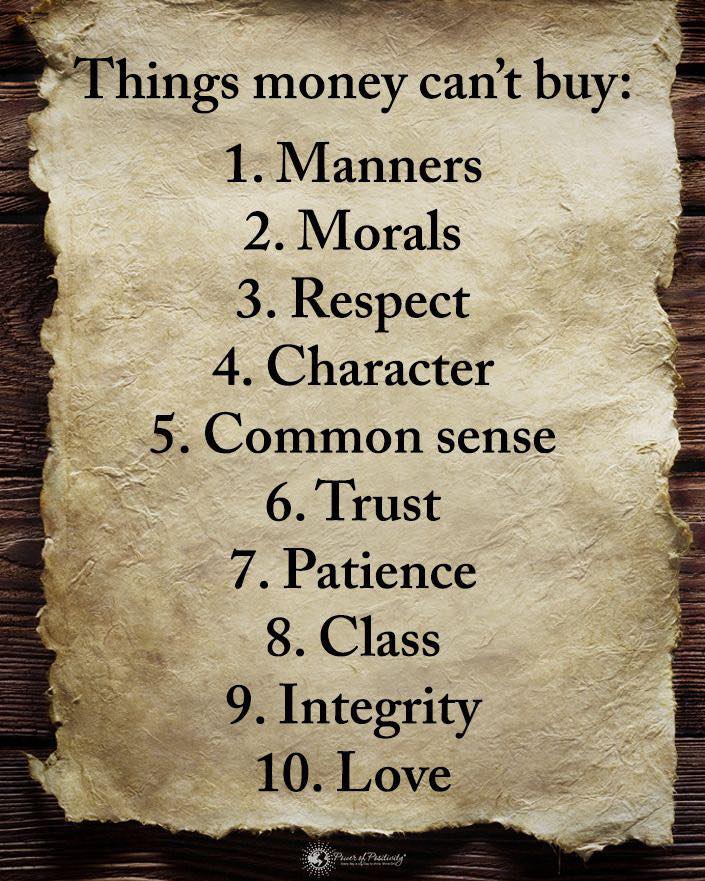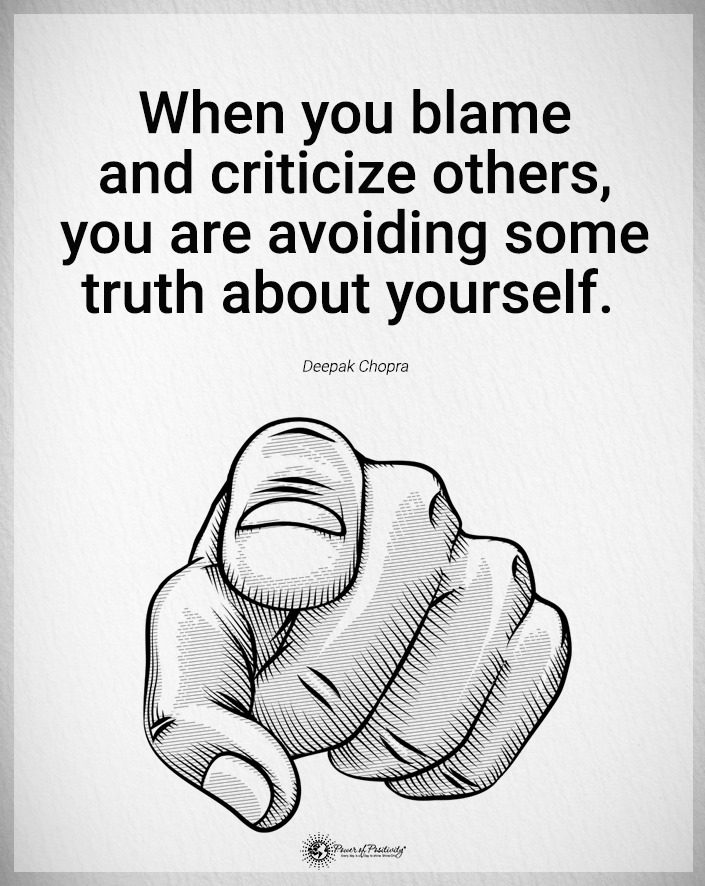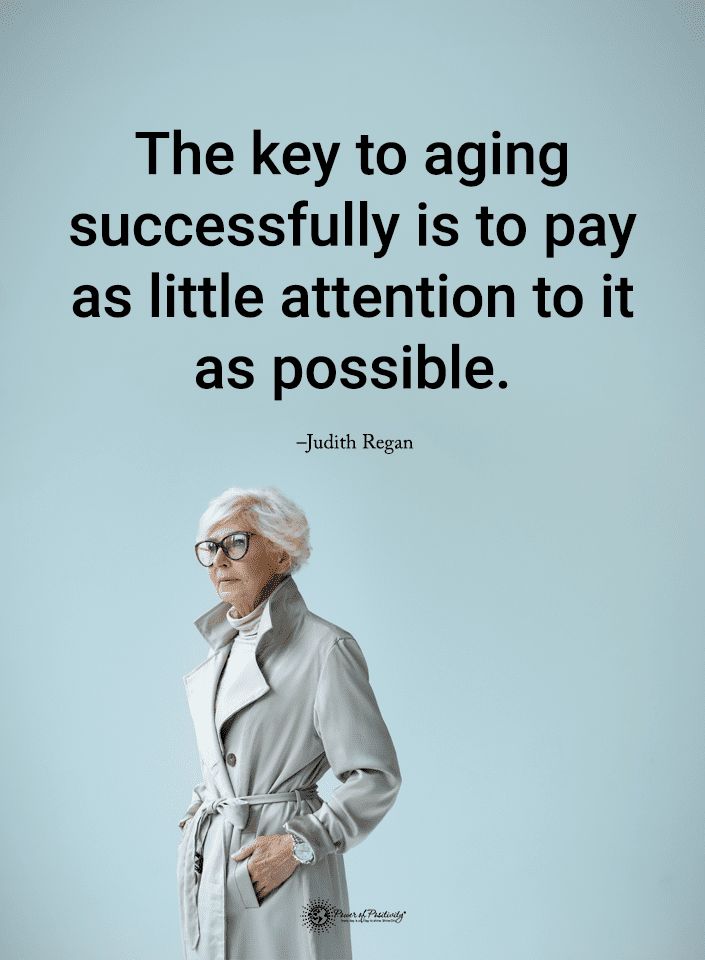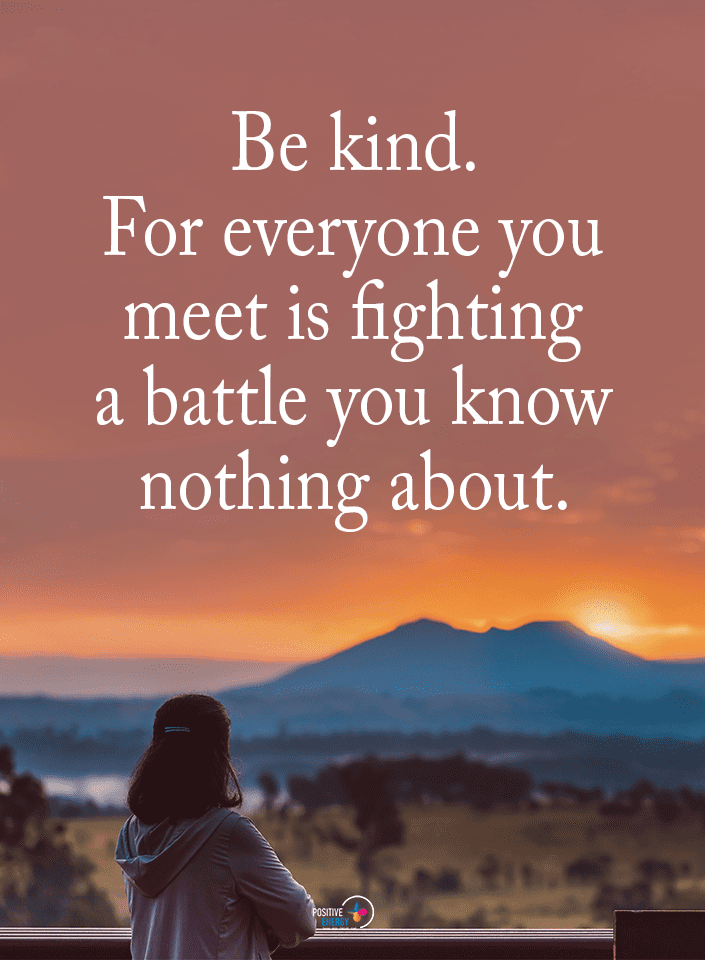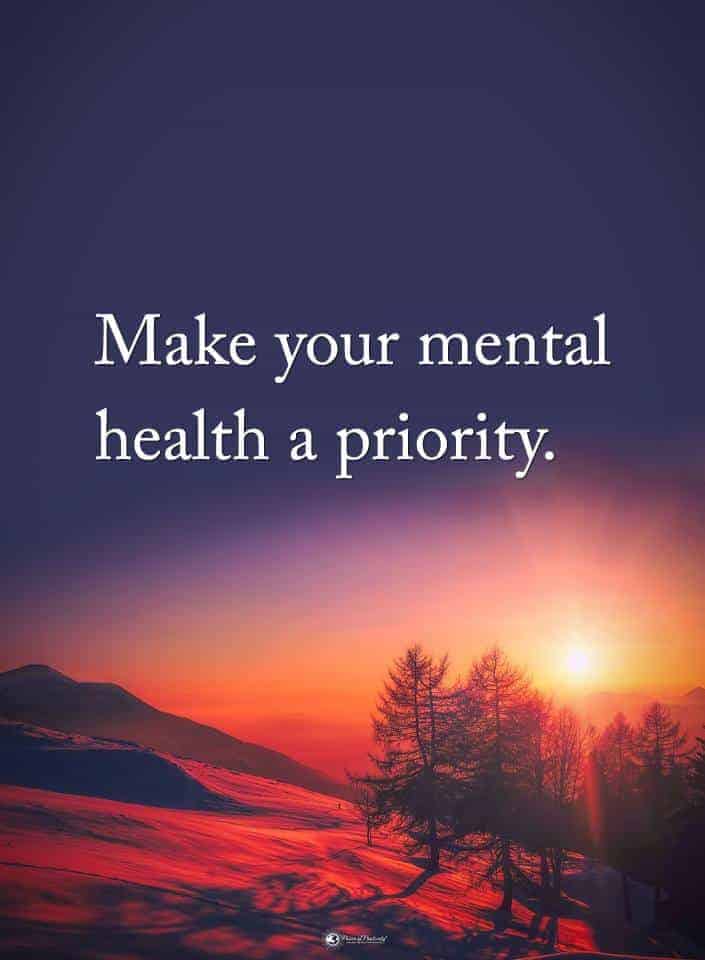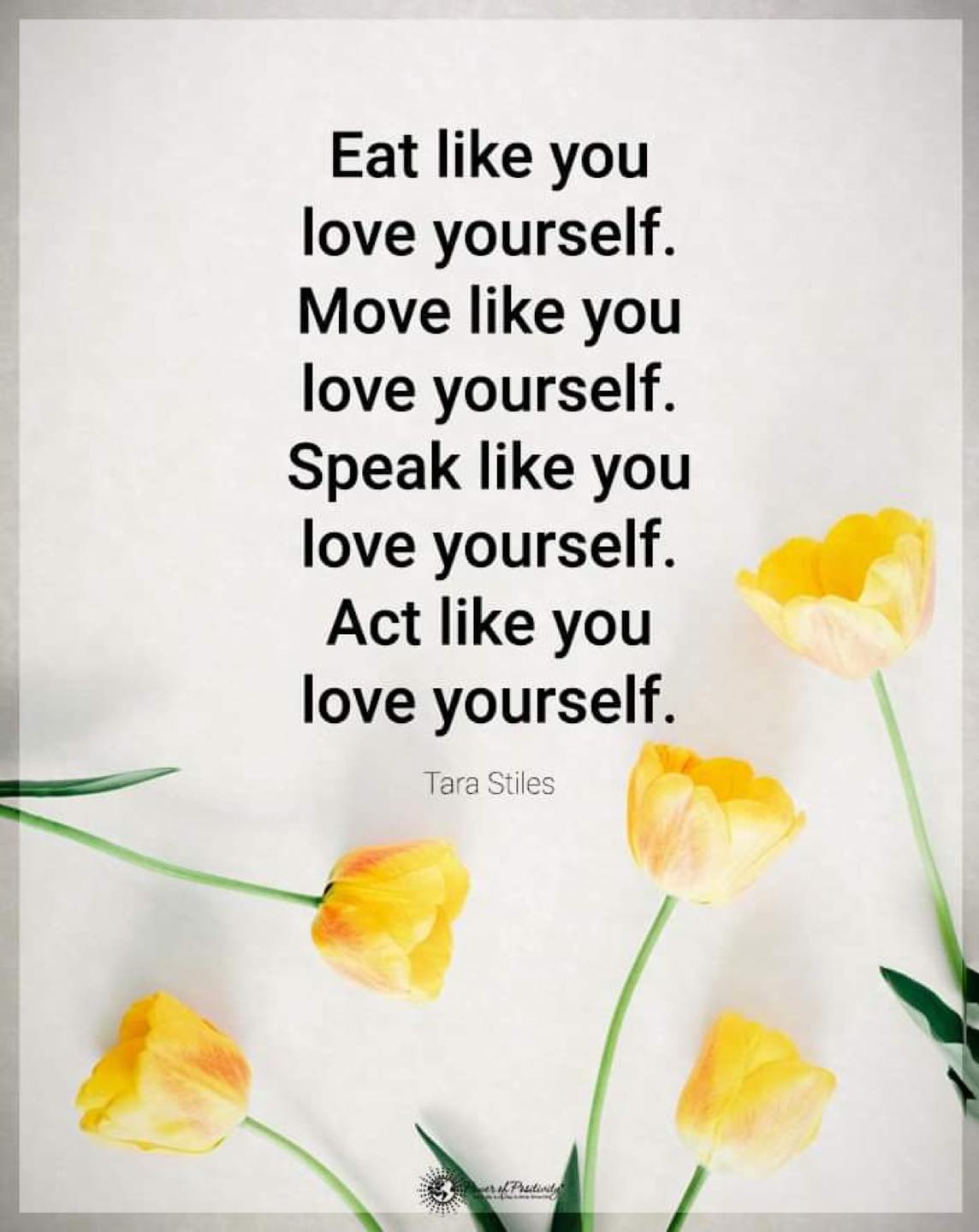To both manage and process these things while also bouncing back from them, you need to have a healthy amount of the trait known as psychological resilience. The weight of problems, the world, other people’s expectations, and demanding situations can slowly drag you down over time. So, how do you become more resilient?
Most people don’t start their lives with a lot of resilience. It’s a skill that has to be sharpened and honed over time. It’s also a self-fulfilling cycle; whether that cycle goes up or spirals down is up to you. Never building your resilience means that you remain weak. Continually gunning for resilience means you get better each time!
So, how can you hone your mental strength and fortitude to withstand even the most powerful storms? Here are three habits to increase psychological resilience.
1. Have Healthy Morning Routines to Increase Resilience
How you start your day surprisingly significantly affects your psychological resilience. Studies show that routines benefit resilient people’s productivity, well-being, and other common factors. This is because of a daily routine:

- Begins your day with productivity, which you can maintain throughout the day
- Boosts your confidence by starting you off on the right foot, so you have more strength and trust in yourself through the day
- Reduces the stress that comes with doing things randomly and trying to stay on top of that randomness
- Helps you to follow healthy habits in an adaptable routine
- Helps you to gain energy to face the rest of the day
- Prevents forgetfulness, giving you the mental space to adapt to things throughout the day
This is also partially why so many successful people have good morning routines. Their healthy habits have allowed them to thrive and overcome obstacles to rise to the top. Some good habits to add to a healthy morning routine include:
· Get Moving to Be More Resilient
Morning exercise can sound unappealing to those not used to it, but it has many benefits. It can help to energize you and make you feel ready to face the day, boosting your confidence and sharpening your mind. It doesn’t have to be rigorous, either – you’re welcome to hit the gym, but you’re also welcome to simply If you really can’t fit some movement into your morning routine, do try to include it elsewhere in the day; studies show that it can improve your psychological resilience regardless, as well as your mental and physical health!
· Wake Up With Your First Alarm
Do you fall into the habit of slapping the “snooze” button as often as possible before finally, grudgingly getting up half an hour or an hour later? It’s relatable, but it is likely affecting your headstart to the day. When alarm clocks ring, they jolt you awake and inflict grogginess by causing sleep inertia. This is when you face damage to your motor and cognitive abilities as you are rudely awakened from your Circadian rhythm. When you hit snooze, you repeatedly subject yourself to that. These effects may continue to affect you throughout the day, dropping your resilience on both a physical and psychological scale.
· Wake Up At The Same Time Daily
Research shows that irregular sleep patterns can lead to decreased performance and well-being. The human body prefers to run on a regular rhythm, so it will naturally benefit from rising at the same time every morning – even on days off and when you have nothing to wake up that early for! When you don’t allow your body to run on a rhythm that works for it, you set yourself up for a rough and challenging day where your desire to be resilient decreases from the get-go.
· Do Something You Enjoy
While focusing on productivity and getting things done is an excellent way to start a morning, don’t forget that it’s also a great opportunity for me-time. Listen to music you like, read a book you enjoy, or eat a meal you love to start the day feeling positive. As you do these things, mindfully appreciate and immerse yourself in these things, and appreciate them, so your gratitude also powers your psychological resilience!
2. Always Keep Learning to Gain Resilience
It’s a crime that so many people think that learning stops after graduation. In reality, we never stop learning – we only start to reject new lessons. One of the most crucial habits for psychological resilience is to keep on learning and growing. You become stronger by overcoming hurdles and learning new things about yourself. This means you must actively do what you can to continue learning. Here are some tips in this regard:
· Use Past Experiences As Lessons to Become Resilient
Many people would rather forget the negative or cringy things they’ve done in the past. But what’s more important than being free from past pain is learning how to use that pain to inform your present and future. Each mistake you have made, and each situation you have been through has the potential to teach you amazing things. By continually utilizing past knowledge, you never stop leveling up.
· Embrace Challenges to Increase Resilience
Failing to grow your comfort zone is tempting, but learning anything notable without doing so it is sometimes tricky. Embrace challenges and take calculated risks. Even if you fail, you’ll gain something from these so-called failures – more lessons to use in your life as you move on! You’ll also learn new things about your capabilities, bolster your self-esteem, and encourage you to take on more challenges.

· Welcome Change to Be More Resilient
Change is inevitable, and it’s not something that you can fight. Many fear change, preferring the safety and comfort of a predictable life. But holding onto the status quo will likely leave you stagnant or eventually blow over and force you to move forward. Those with high psychological resilience are excellent at adapting to new situations and embracing change, according to studies. So why not practice this habit to ensure continual growth?
3. Do Visualization Exercises to Increase Resilience
Visualization is a powerful process. At its core, this is a relaxation technique where you use your imagination to create tranquil, relaxed, and happy feelings. It’s a common technique for:
- Keeping sight of goals
- Maintaining motivations
- Managing stress and anxiety
- Calming fight-or-flight responses
- Bringing you out of survival mode
- Distractions from distressing events
- General daily serenity
Visualization is powerful because the human brain believes what it “sees,” even if those things aren’t necessarily real. While this can harm forms of cognitive dissonance like confirmation bias and self-fulfilling prophecies, it has positive effects that you can harness for psychological resilience.
6-Steps to Be More Resilient:
While you can do visualization anywhere if you need to calm your nerves quickly, when you’re performing a habit of resilience, you should dedicate a particular time to it. Try setting aside anywhere from ten to thirty minutes daily for visualization exercises. Some people find ten minutes to be sufficient, but if you enjoy doing it for longer, allow that time to relax! Here’s how to perform visualization to increase psychological resilience:
· Step 1
Set up a peaceful environment. Find somewhere with a friendly, low amount of lighting. If it helps, you can also be entirely in the dark. Eliminate distractions by locking the door, leaving your electronic devices outside, and turning off noise-making items.
· Step 2
Get yourself comfortable. Take off heavy jewelry and loosen any overly tight clothing, including scarves, neckties, and belts. You can wear something very comfortable, such as what you’d use to sleep, or you can even choose to be nude if you prefer. Then, choose a place to lie or sit in a comfortable position.
· Step 3
Use deep breathing to slow your breathing down. Close your eyes and focus on your breathing. Take note of how your body, including your chest and stomach, rises and falls in response to your inhalations and exhalations. It can be helpful to count as you go, inhaling for four seconds, holding your breath for seven seconds, and then exhaling for eight seconds. Research shows that your brain responds to your breathing patterns and associates them with different emotions when you slow your breathing. Therefore, when you have slow, even breaths, you naturally relax.
· Step 4
Now, choose the type of visualization you’d like to perform. For example, you can opt for generally pleasant imagery to manage stress and anxiety, or you can use this to manifest the achievement of your goals. You can even choose to use visualization as a form of personal affirmation–and to become resilient.
· Step 5
For imagery-type visualization, think of a place that makes you feel happy and calm. For example, imagine yourself in a wooded forest near a river. Now, engage your senses in this imaginary landscape. See the swaying of the trees. Hear the gurgling of the river and the rustling of the leaves in the wind. Smell the relaxing scents of nature and the woody scent of grass. Feel the soft ground beneath your feet and the gentle breeze on your face. Before long, you’ll be completely absorbed in this imaginary place and will feel calm and relaxed.
· Step 6
For manifestation-type visualization, you’ll need to imagine yourself achieving a difficult goal that you’ve been struggling with or that may be difficult. For example, you might imagine your strong confidence on the day of a big presentation. Or you may picture yourself in your dream job or home. Or perhaps you imagine positive social interactions at a daunting party that you’re frightened of because of social anxiety. It sounds far-fetched, but this works. Studies state that when you visualize good things, you reduce stress, boost resilience, and gain a better self-image.
Final Thoughts On Some Habits To Increase Psychological Resilience
Psychological resilience is crucial to a healthy, happy life with good mental well-being. It allows you to learn, grow, adapt, and be better while strengthening your relationships with others and yourself. If you struggle with being resilient, don’t worry! Incorporate these three habits into your life, and you’ll be able to sharpen the skill.


